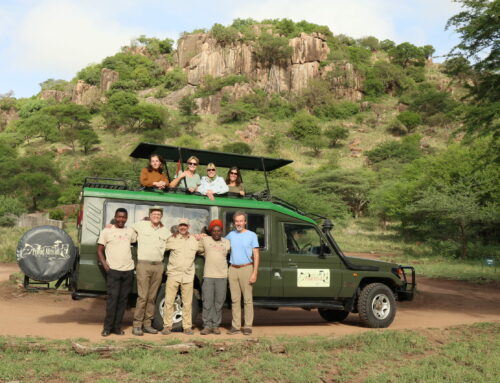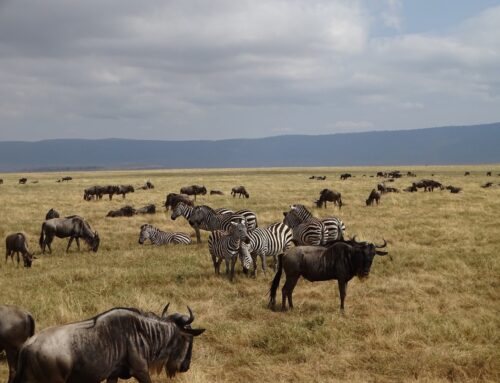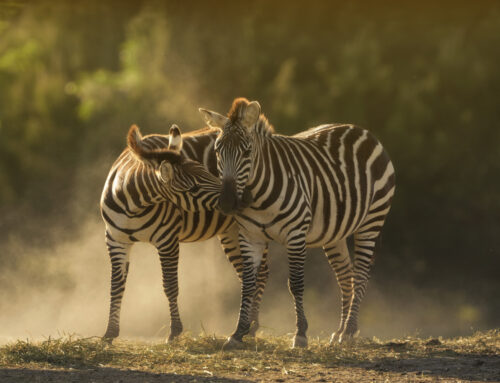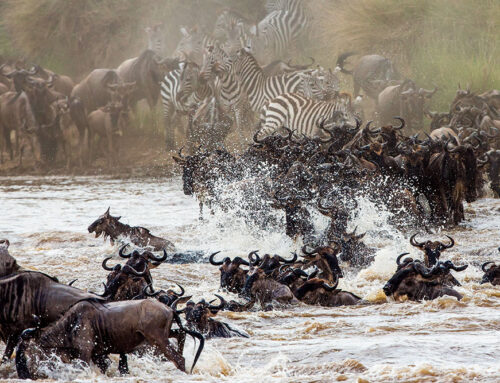Poaching doesn’t end with elephants, and with guided big game hunts on the rise, experts are finding that protected areas in Africa lack sufficient funds for protecting lions. How dangerously close these big cats lie to the edge of endangerment is a little known fact for many.
Granted $381 million dollars per year, national parks, reserves and conservation areas are unable to safeguard lions properly. In order to properly care for lions, along with other wildlife, around $1000 – $2000 is needed per square kilometer.
To secure the safety of lions, Africa requires an estimated $1.4 billion. That is a massive shortcoming.
Threats Lions Face
To know how we should go about properly protecting lions, it’s important for us to observe them in their natural state. After all, lions draw more safari tourism than any other African animal. When we can see first hand what is affecting their numbers, we can begin to put together a way to fix it.
Let’s be clear, lions are at the top of the food chain. In their natural ecosystem, and they are the main predator. Therefore, if the lion is struggling, then the ecosystem that supports the lion is struggling as well.
If the range of lions in the wild falls mostly across protected areas (and it does), then what is causing such a decline in their numbers? With populations dropping, only 23,000 – 35,000 individual lions remain in the wild, and it’s become clear that lions are facing habitat loss and targeted poaching. Let’s not leave out retaliatory killings, as the human-lion conflicts rise.
Detailed plans for continued protection must come into existence. With funds lacking, there is nothing to do except fundraise, bring in tourism, educate and offer alternatives to locals that are frequently terrorized by lions. No matter how long it may take, success will follow diligence when it comes to protecting lions.
Click the button below to talk to one of our Safari Specialists!
Recent Posts
Poaching doesn’t end with elephants, and with guided big game hunts on the rise, experts are finding that protected areas in Africa lack sufficient funds for protecting lions. How dangerously close these big cats lie to the edge of endangerment is a little known fact for many.
Granted $381 million dollars per year, national parks, reserves and conservation areas are unable to safeguard lions properly. In order to properly care for lions, along with other wildlife, around $1000 – $2000 is needed per square kilometer.
To secure the safety of lions, Africa requires an estimated $1.4 billion. That is a massive shortcoming.
Threats Lions Face
To know how we should go about properly protecting lions, it’s important for us to observe them in their natural state. After all, lions draw more safari tourism than any other African animal. When we can see first hand what is affecting their numbers, we can begin to put together a way to fix it.
Let’s be clear, lions are at the top of the food chain. In their natural ecosystem, and they are the main predator. Therefore, if the lion is struggling, then the ecosystem that supports the lion is struggling as well.
If the range of lions in the wild falls mostly across protected areas (and it does), then what is causing such a decline in their numbers? With populations dropping, only 23,000 – 35,000 individual lions remain in the wild, and it’s become clear that lions are facing habitat loss and targeted poaching. Let’s not leave out retaliatory killings, as the human-lion conflicts rise.
Detailed plans for continued protection must come into existence. With funds lacking, there is nothing to do except fundraise, bring in tourism, educate and offer alternatives to locals that are frequently terrorized by lions. No matter how long it may take, success will follow diligence when it comes to protecting lions.







